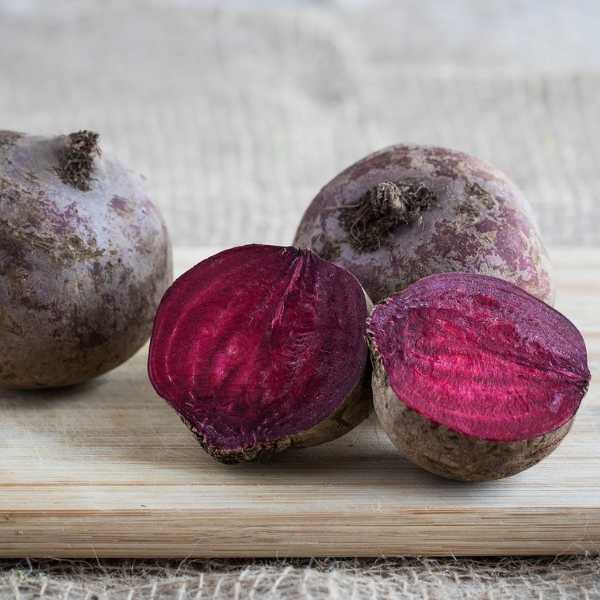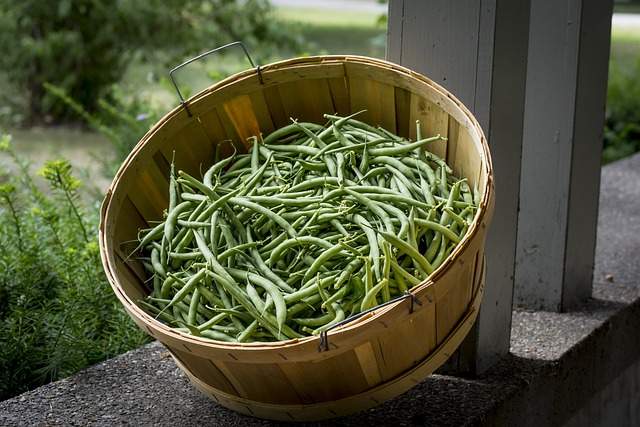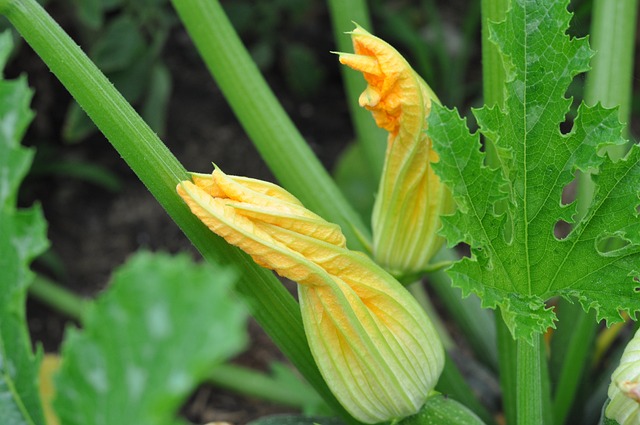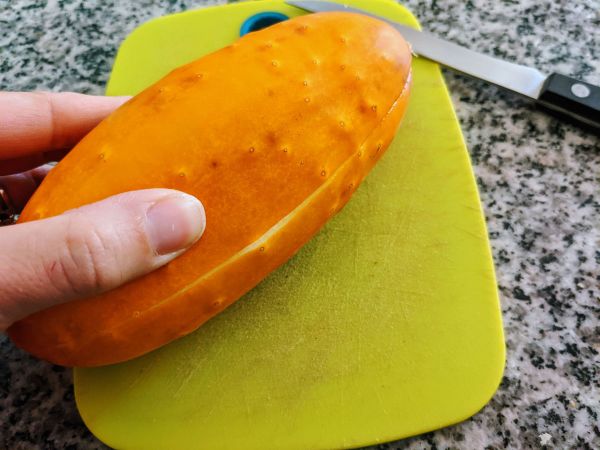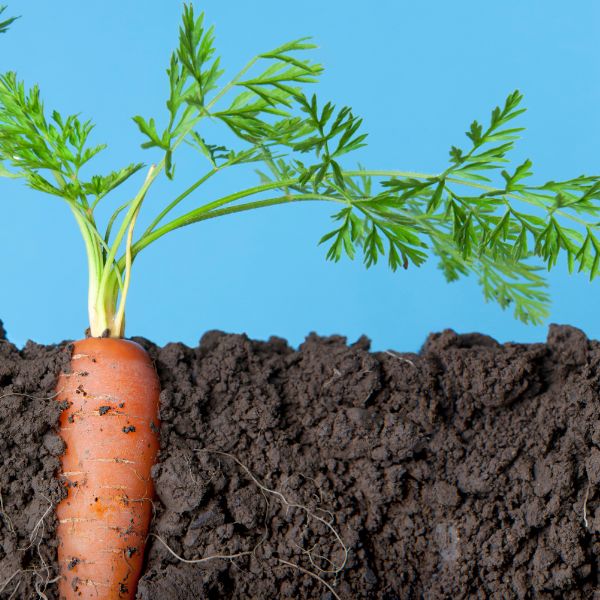Seed Saving : Tomato’s
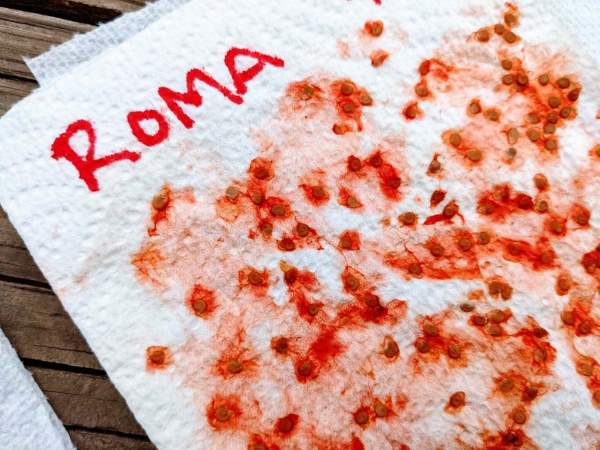
The first step is to collect a few ripe fruits that are free of cracks or insect holes. These can serve as entry points for disease microorganisms. If you want to preserve the heritage of the variety, you will need choose fruits from plants that were grown apart from other tomatoes to avoid cross pollination.
Then there are two methods that you can use to preserve your seeds.
Fermentation
Tomato seeds are enclosed in a gelatinous sac that contains chemicals to inhibit germination until the seeds have a chance to glue themselves into soil crevices. The plan works brilliantly in nature, but the gel residue can be a problem for stored seeds because it can provide a haven for disease.
Put your tomato seeds in a small jar and cover with water and keep at room temperature for two days. Then pour into a strainer and wash under the tap until the gel disappears. Several recent studies have shown that tomato seed germination is best when seeds are soaked for only one to two days before they are rinsed and dried.
Then dry the seeds on a paper plate for a week or so, or until they feel dry and papery. When handled this way and given cool, dry storage conditions, tomato seeds usually stay viable for 4 to 6 years, and sometimes longer.
Simply Drying
The shelf life of tomato seeds that are dried without first being fermented may be only one to two years, but that is sufficient time for gardeners who simply want to save seed from one year to the next.
Simply squeeze your tomato seeds onto a paper towel, spread them out a bit, and allow the towel to dry for a couple of weeks. When dry, the seed-bearing towel can be folded up and tucked into a labelled envelope for storage through winter.

